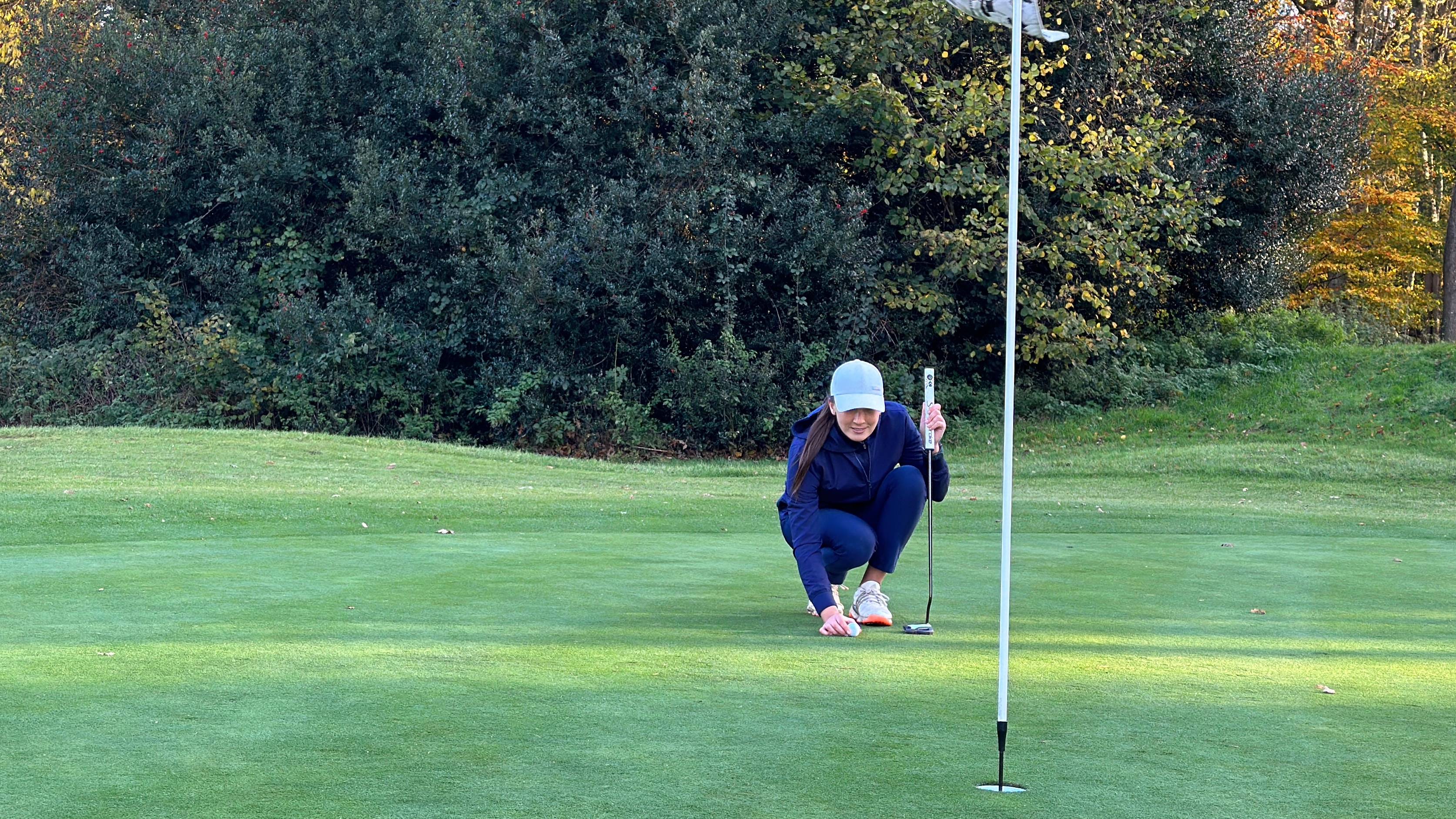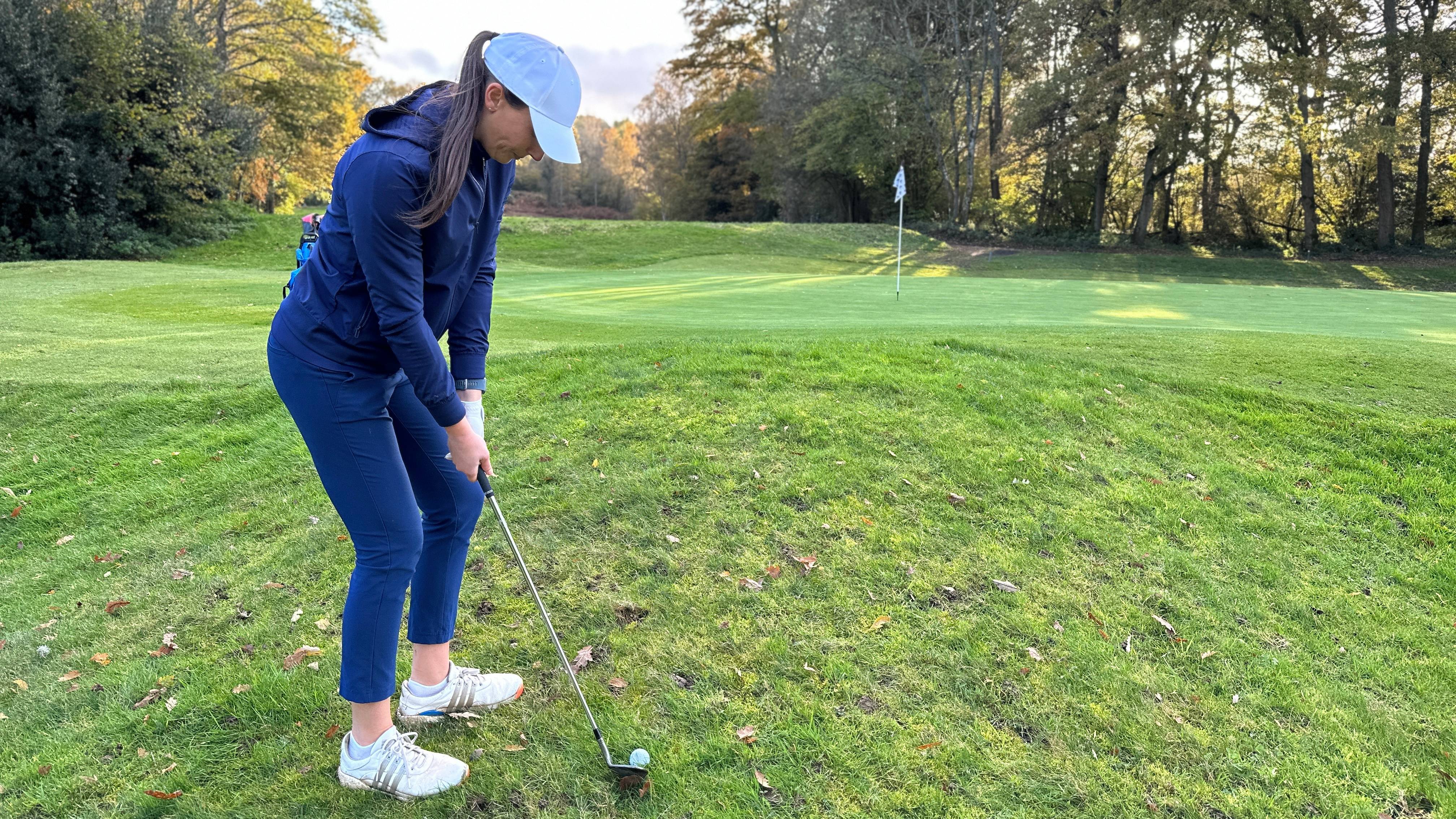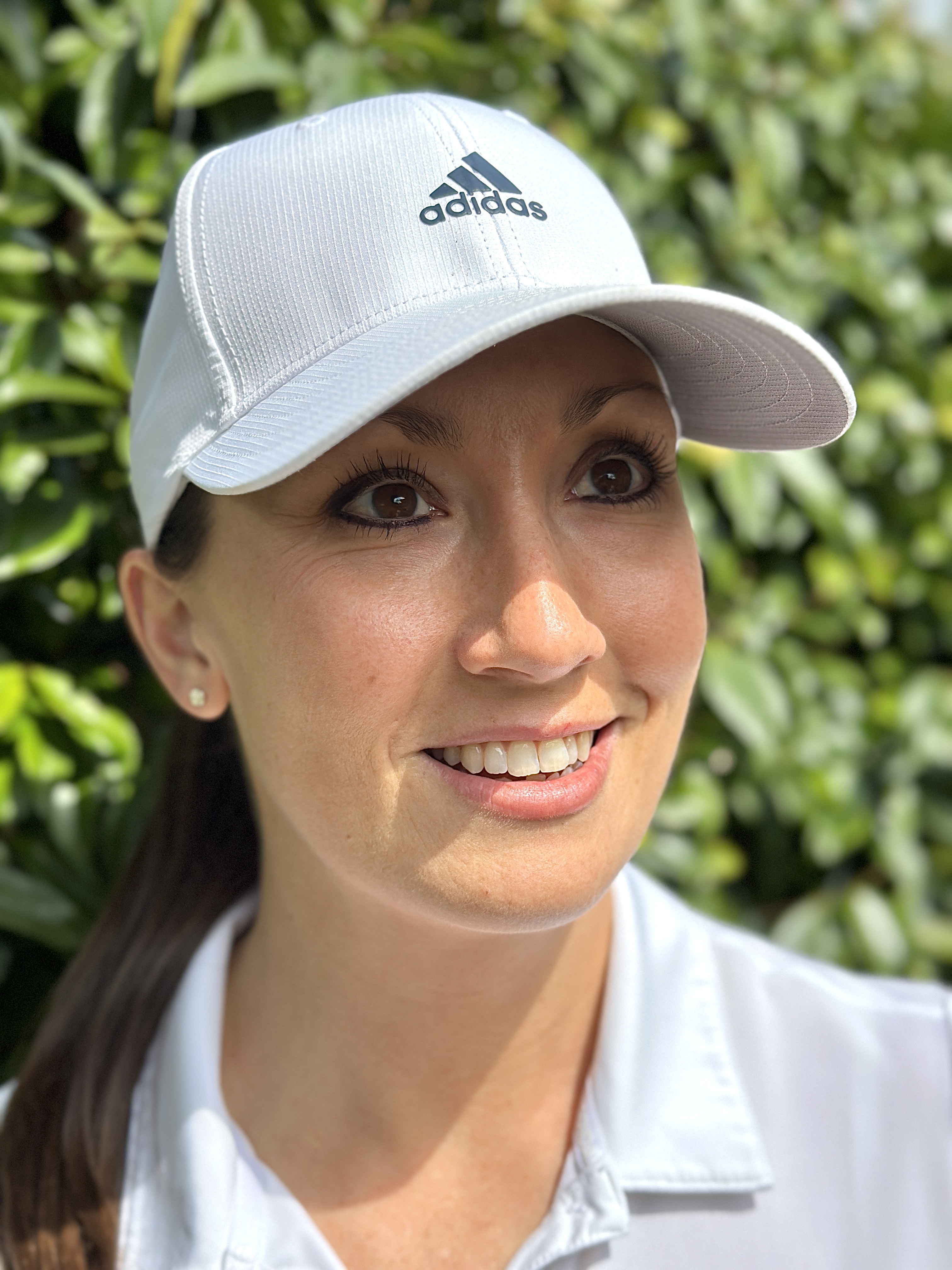5 Things I Wish I'd Known To Cut My Handicap Sooner
Jess Ratcliffe cut her handicap from 34-9 in a year, but she believes she could have cut it sooner. Here are her top tips


Looking back on how I got to single figures in a year, I believe it was my data-driven approach that made it possible…because it certainly wasn’t my technique!
Inspired by my background in product development, I built my golf game like I would a digital product – identifying where I was dropping shots and then working on that area before moving onto the next.
Even though I reached my goal, it was a rollercoaster and there are a number of things I wish I knew then that I believe would have helped me get there sooner.
So whether you’re a golfer at the start of your journey, in the teens trying to break into single figures or somewhere in between, I hope these 5 tips will help you become a better golfer and in turn, cut your handicap.

Ditch The Range Drills For Dry Drills
When I was on my quest and making swing changes, I would spend hours on the range, hitting thousands of balls, swinging eagerly for that moment when the change clicks.
I would start my session with that giddy excitement that today’s the day, only to watch my swing back and realise…it was exactly the same. It didn’t make sense. It was like my brain was telling my body what to do but my body was refusing to listen, holding tight onto my bad habits.
I remember one weekend in particular, it was a bank holiday, so prime time to get some graft in. I think I hit 400 balls over three days…to no true avail.
Subscribe to the Golf Monthly newsletter to stay up to date with all the latest tour news, equipment news, reviews, head-to-heads and buyer’s guides from our team of experienced experts.
Now when I’m making a swing change, my approach is to identify the move I want to groove and then dry drill that move at home. No range balls. No rollercoaster of “that’s the one!”...*watches video back*...”it’s exactly the same!”
I’ve found that dry drills help me override my bad habits. By getting the reps in at home, I can check I’m in the position I want to be in a mirror or even use resistance bands to exaggerate the new feeling.
This isn’t to say that spending productive time on the range isn’t helpful. However, I found the way I was doing it – hitting hundreds of balls, hoping the change would click – was simply leaving me frustrated. How I wish I had spent those hours doing dry drills instead.

Bring Pressure Into Your Practice
There’s nothing quite like the pressure we feel on the course – not only are we trying to shoot a score but every shot comes with a desire to achieve an outcome. We want to make that putt for par. We want to get a good drive away instead of heading for the trees like we always do on this hole.
There’s a few ways that I’ll bring pressure into my practice now – trying to replicate that feeling of wanting a certain outcome, so I can build my capacity for performing under it when I’m on the course.
Knee Knocker Putting Drill
When it comes to the best putting drills, I’ll hit 4 putts from 3, 6 and 9 feet around the same hole and score myself out of 12. By keeping a score, it replicates that feeling of wanting to do well. Plus the more putts you make, the more you don’t want to break your streak, so that feeling of pressure builds as you go.
Up & Down Game
For a short game drill, I’ll hit 3 balls from different spots around the green to see how many I can get “up and down”. This game can be tough but I’ve found it’s a great way to build confidence in my short game and save my score when I’m on the course.
First Drive Feeling
I’ll imagine that I’m hitting a drive off the first tee to finish my warm up when I’m on the range. I’ll often do this with my last remaining range ball so the pressure to hit a good one is there. No one wants to end on a wonky one.

Build Your Bandwidth For Scoring Well
Have you ever had a cracking round going and then as soon as you realise you have a cracking round going, it crumbles?
I can’t tell you the number of times this happened over that year. It was like I wasn’t comfortable with scoring well and shooting a lower score, so as soon as I realised I was, I would do something to sabotage myself and get back to what felt familiar – playing scrappy golf.
It might have been a provisional off the tee after boshing my ball in the woods, a duff chip or two after chipping well the last few holes or a nightmare bunker I just couldn't get out of. Something would happen and my score would spiral.
There’s one round in particular that sums this up. I was playing in the Surrey County Championships – a bold move being in a field with the best of Surrey. As one of the highest handicappers, off 8-something at the time, I knew I wasn’t necessarily in the mix for the medal but I wanted to challenge myself.
I’m on the first tee, playing at Royal Mid Surrey, with a lengthy par 3 ahead. The nerves are making my knees knock but I hit a good tee shot that lands on the green. Phew. Two putts, par, move on. Okay.
Next, a par 5, where I find my drive in the thick rough…oof. The hole unravels to a double dogey and I tell myself, “this is okay, you’re two over with lots of holes left.” And then I went par, par, par, par, par…what is happening?
It was like video game golf – fairway, green, two putt, next. My golf had never felt so smooth, so effortless…and so of course, my mind decided to throw a spanner in the works. I felt uncomfortable playing that well and it all unravelled from there.
That round taught me that I had to build my bandwidth for scoring well, so that instead of panic when it happens, I can keep playing my best, one shot at a time.

Purposefully Practice Tricky Shots
When I was on my quest to get down to single figures, I would rarely practice on the course, but now I love going out solo and playing the shots you can’t replicate on the range.
You know those testy ones -– the chips off of tight lies or those awkward stances. I wish someone had told me to practice those sooner.
That’s why now, I love putting myself in tricky spots and experimenting with how I would play those shots, trying out different clubs and approaches. All in the hope that, if I was to find myself in that situation when I’ve got a good score going, I can play the shot with confidence, rather than worry it might be a card-wrecker.
This was something that stood out to me at the Solheim Cup this year. In the practice rounds, the players would drop balls in the toughest spots around the green and play from there. It was like they were practicing their worst case scenarios, so they could play their best if it was to happen when it mattered.
Press On, Rather Than Pull Back, After A Bad Hole
When I had a bad hole, I would feel so frustrated with myself that I couldn’t let it go. My mind would replay what I could have done differently and that one bad hole would wreck the rest of my round.
Now I know that reaction wasn’t conducive to putting a cracking round together, but in that moment of deflation, it’s hard to pull yourself out of that pattern. That’s why learning to bounce back after a bad hole is a mental muscle I wish I had built sooner.
When I have a bad hole now, instead of writing the round off in my head, I feel excited. I know…weird. I’m excited by the challenge to chase down a birdie to balance the books or keep my score steady with pars.
And if there’s a round that shows me how important it is to press on, rather than pull back, after a disappointing hole it’s this one…
A few months ago, I broke 80 for the first time, shooting a score of 77 (+5) at my home course, West Surrey. I had been trying to break 80 for a long time, coming close but staying one or two shots shy.
If you had asked me what my first round in the 70s would look like, I would have said a run of pars with a few bogeys in there and maybe a birdie or two to balance it out. Not this round. This round had a quadruple bogey – after a provisional off the tee – and two double bogeys.
It’s that round that solidified the power of pressing on to me because after drawing that snowman on my scorecard, I didn’t tell myself “that’s it now, you might as well switch off”. I challenged myself to get those shots back and ended up making 4 birdies.
I’m excited to use the winter to build that mental muscle even more. It’s the perfect time, when there’s less pressure on our play, to practice pressing on after a wonky hole. You never know, it might just lead to your best round yet.
After cutting her handicap from 34 to 9 in a year, Jess Ratcliffe is documenting how she’s working on her game to get really good at golf on her YouTube channel and Instagram.
